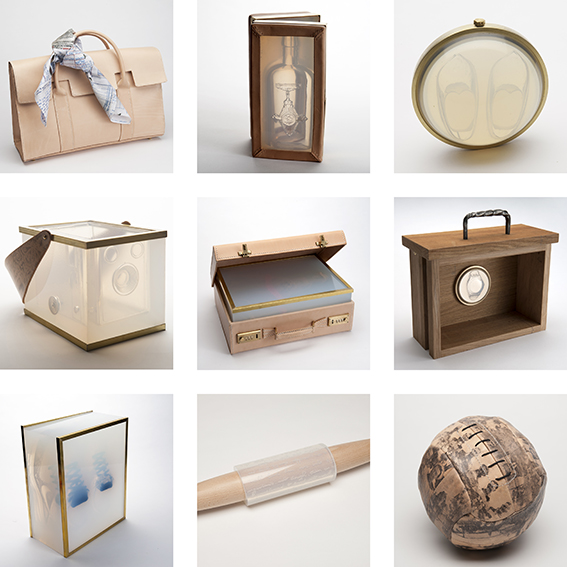Collaborative Making
Storytelling, Saving Skills and Preserving Memories
DOI:
https://doi.org/10.7577/formakademisk.5349Keywords:
craft, collaboration, artefacts, making, storytellingAbstract
The purpose of this paper is to understand how collaborative making is used as not only a means of production, but an exercise in storytelling. Through dialogue between craftspeople, skills are developed, shared, and maintained. Craft practice is communicated, and memories are preserved. This paper explores how, through a case study of producing an artefact from start to finish, collaborative making leads to creating more than just an object, but also a connection between all involved. ‘Watch’ is part of a wider doctoral study in which nine artefacts were made from collected stories of lost love and then through encounters with several craftspeople. The paper considers the relationships between craftspeople and how we work together to develop hybrid skills by utilising traditional practice to create new ways of crafting.
References
Appignanesi, L. (2011). All About Love - Anatomy of an Unruly Emotion. Virago Press.
Benjamin, W. (1999). Illuminations. Pimlico.
Creswell, J. & Creswell, J. (2018). Research Design: Qualitative, Quantitative, and Mixed Methods Approaches (5th ed.). SAGE Publications.
Dormer, P. (1994). The Art of the Maker. Thames and Hudson.
Frayling, C. (2011). On Craftsmanship: Towards a new Bauhaus. Oberon.
Korn, P. (2015). Why we make things and why it matters. Square Peg.
Pink, S. (2015). Doing Sensory Ethnography. (2nd ed.). SAGE Publications. https://doi.org/10.4135/9781473917057
Sennett, R. (2008). The Craftsman. Penguin.

Downloads
Published
How to Cite
Issue
Section
License
Copyright (c) 2023 Charlotte Mary Goldthorpe

This work is licensed under a Creative Commons Attribution-NoDerivatives 4.0 International License.
Authors who publish with this journal agree to the following terms:
- Authors retain copyright and grant the journal right of first publication with the work simultaneously licensed under a Creative Commons Attribution 4.0 License that allows others to share the work with an acknowledgement of the work's authorship and initial publication in this journal.
- Authors are able to enter into separate, additional contractual arrangements for the non-exclusive distribution of the journal's published version of the work (e.g., post it to an institutional repository or publish it in a book), with an acknowledgement of its initial publication in this journal.
- Authors are permitted and encouraged to post their work online (e.g., in institutional repositories or on their website) prior to and during the submission process, as it can lead to productive exchanges, as well as earlier and greater citation of published work (See The Effect of Open Access).
- The author(s) must manage their economic reproduction rights to any third party.
- The journal makes no financial or other compensation for submissions, unless a separate agreement regarding this matter has been made with the author(s).
- The journal is obliged to archive the manuscript (including metadata) in its originally published digital form for at least a suitable amount of time in which the manuscript can be accessed via a long-term archive for digital material, such as in the Norwegian universities’ institutional archives within the framework of the NORA partnership.
The material will be published OpenAccess with a Creative Commons 4.0 License which allows anyone to read, share and adapt the content, even commercially under the licence terms:
This work needs to be appropriately attributed/credited, a link must be provided to the CC-BY 4.0 licence, and changes made need to be indicated in a reasonable manner, but not in any way that suggests that the licensor endorses you or your use.



